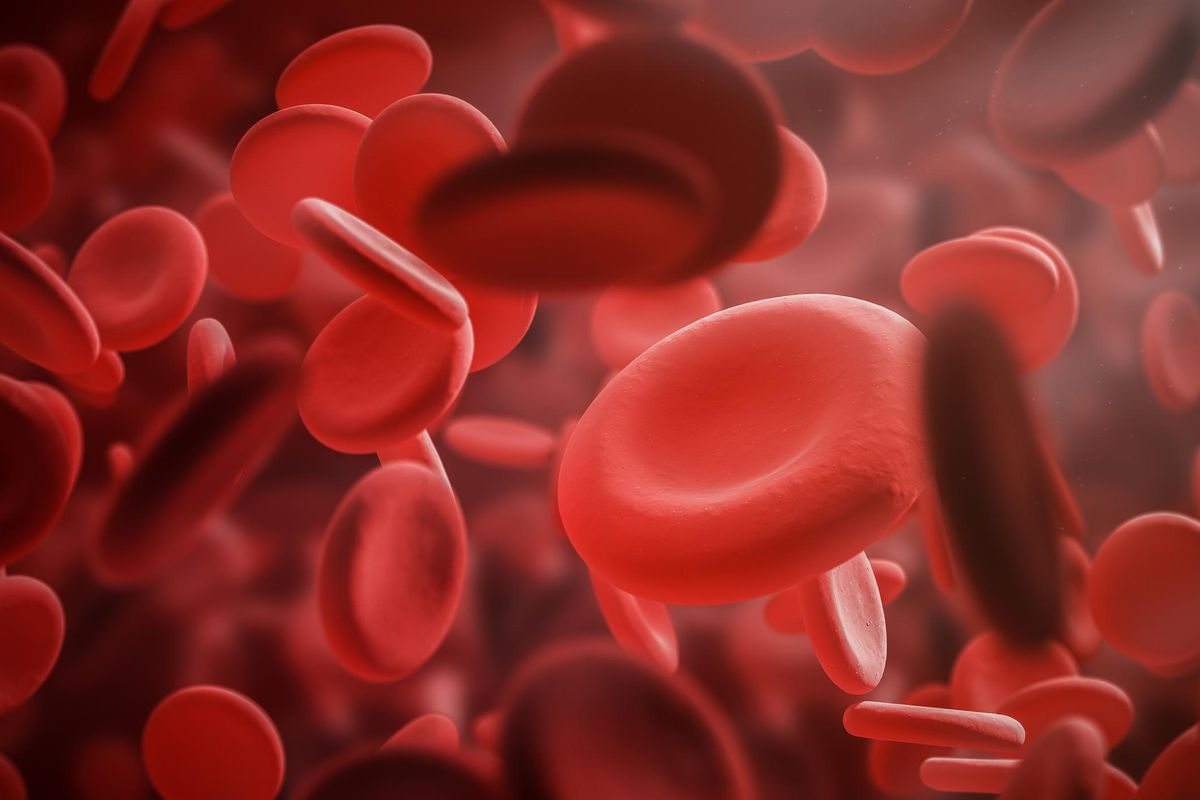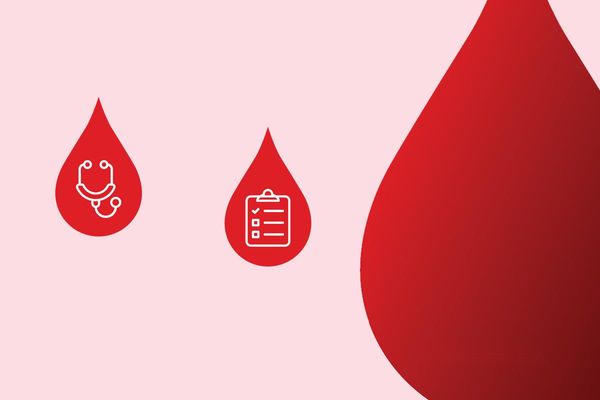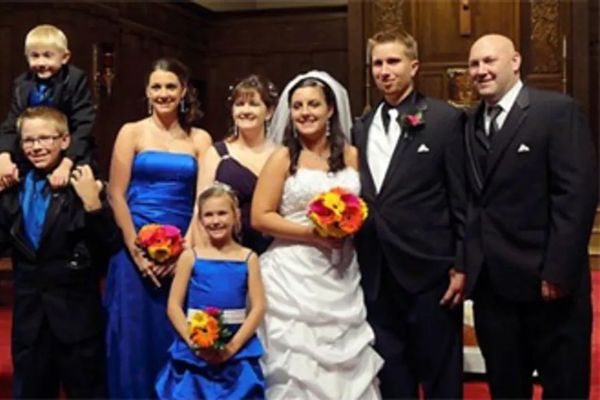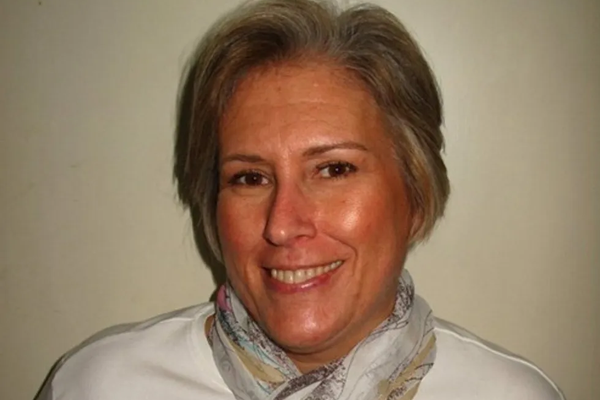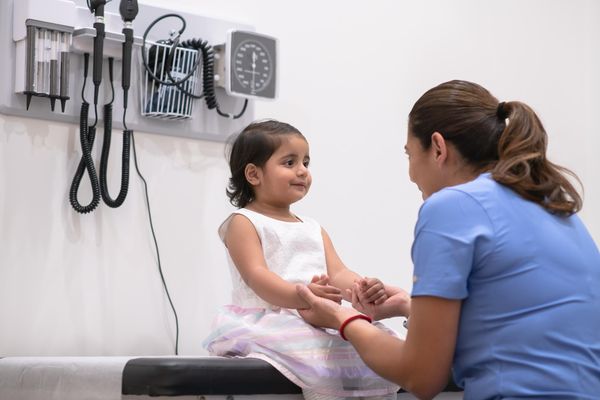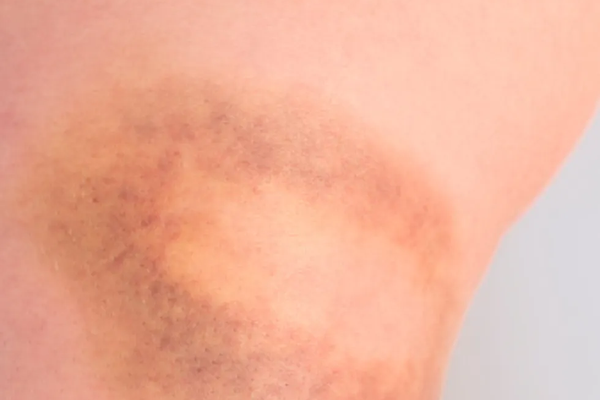As babies start exploring their worlds, accidents happen. Ryanne McIsaac, at 7 months old, bumped her head slightly on one such adventure. A much bigger bruise formed than the bump deserved, and she bled from the ears and mouth.
When Ryanne's parents rushed her to the hospital, medical professionals had to rule out abuse. "I hate that part of the story," said Ryanne, who is now 38 years old. "Then, they thought maybe I was putting toys in my ears." Doctors were stumped.
It turned out that Ryanne has severe hemophilia, a bleeding disorder, often passed down from parents to children, where the blood has low levels of proteins that help stop bleeding, called clotting factors. Hemophilia causes blood to not clot properly and can lead to spontaneous bleeding, as well as bleeding after injuries or surgery. The disorder can range from mild to severe, and its severity is determined by measuring clotting factors in the blood. The lower the clotting factor, the more likely bleeding will occur, which can lead to serious health problems.
Why was diagnosing Ryanne so difficult? First, healthcare providers (HCPs) generally start by ruling out more commonly occurring disorders and conditions. That meant they needed to rule out the most common bleeding disorder, von Willebrand disease, which affects 1 in 100 people in the United States and can also cause unusual bleeding. Named for the Finnish scientist who first described it in 1926, von Willebrand disease isn't rare in women. In fact, it affects women just as often as men. People with von Willebrand disease are either missing or have low levels of or improperly working von Willebrand factor, a protein that slows blood clotting. It turned out that Ryanne's von Willebrand factor was not the problem.
Second, Ryanne didn't have a family history of hemophilia. And, third, hemophilia is often thought of as a man's disease. Although it is true that more men than women have hemophilia, women can definitely have the disorder, too. In addition, for many women with hemophilia, symptoms like heavy periods are often treated without doctors looking deeper for underlying causes.
The X factor
Why does hemophilia occur more often in men than women? The answer has to do with how hemophilia is passed from parent to child. Hemophilia is inherited through the X chromosome. Males have one X and one Y chromosome. So, when a male's X chromosome carries hemophilia, he will develop the disease. But females have two X chromosomes. If one is affected, she will be a carrier of hemophilia, meaning she can pass the disease to her children, but that doesn't mean she will have the disorder herself. When a female has hemophilia, both X chromosomes are affected, or one is affected and the other is missing or non-functioning.
"The first time I even heard about women and bleeding was in 1988," Dr. Frances Scully, a hematologist in Newfoundland, Canada, recalled. She worked at a hemophilia clinic with only boys and men as patients. "I started to meet women, usually the mothers of the patients, with unusual symptoms. They had problems that seemed similar, but there was no training or discussion of women and bleeding."
Scully said the women described their symptoms as being easily bruised, having gum and dental bleeding, and having heavier periods. At the time, gender wasn't even recorded on the worldwide registry of people known to have hemophilia. "When collecting data, only age and severity were recorded," Scully said. Now that more women are being evaluated for hemophilia, we're finding that more women have the disorder than was previously thought.Exercise: yes. Contact sports and high heels: no.
Ryanne's mom wanted Ryanne to have a childhood that was as typical as possible.
"I'd like to say I've had a very normal life despite hemophilia," Ryanne said, "but it has had an impact on me. I've been hospitalized for five years of my life. I turned 13 in a children's hospital nine hours away from home."
Still, her mom allowed her to roller skate, ride a bike and even get her ears pierced, with some preparation and after consulting her physician. "They bled a lot," Ryanne said, "but they just healed up."
Ryanne's parents found her a mentor in Raleigh, NC, who was 30 years older than Ryanne. "I'd been calling her since I was 12. She was my go-to person. I traveled to see her once. We both cried. She passed away recently, at 69 years old. She really encouraged me to have a rich, full life. She lived it."
Ryanne said her mentor's perspective helped her outlook on the role this disease played in her life. "It helped me to be a bit more well-adjusted. I feel like I had choices. As an adult, I make the choices that I think are best for me, and I don't feel like I have to not do something." For Ryanne, exercise is a priority, but wearing high heels is out of her comfort zone because there's too much risk if she falls.
Scully said anybody with a bleeding disorder should, as a rule, avoid anti-inflammatory medication like aspirin or ibuprofen because they can cause bleeding. But the big issue for children, she said, is sports. People with hemophilia are generally advised to avoid contact sports.
"In parts of Canada, telling a child they can never play hockey is horrible," Scully said. Even with other sports, you can get hit or fall and wind up with a bruise. "It's a thorny area. If a kid lives for that sport, I'd say, 'Do it and take treatment.'"
She advised working very closely with a doctor to plan. "Being inactive is bad for us, and it's very bad for kids. I try to encourage them to get into swimming or running. But I had a patient who had mild hemophilia, and he was a wrestler. I believe if you help them prepare and compete safely, they'll be so happy with their care team, they'll comply better. The risk is if you ban sports, the kids will sneak off and do it anyway. I say just make sure some teammate or coach would know, [and] in the event they are injured, they can get treatment right away."
Scully said there are urban myths about hemophilia. "People are told they can't have surgery or dental work. This isn't true." Even pregnancy and childbirth, while potentially risky, can be a reality for many women with hemophilia, with some additional medical oversight. Medications to prevent and treat bleeds have come a long way. "Gene therapy has also shown great progress," Scully said. "Lives are just totally turned around."
Ryanne has had a few scary experiences, but she wants people to know they can have a rich, full life even if they have this disease.
Sidebar: If you have signs or symptoms of a bleeding disorder, such as heavy periods, easy bruising or frequent nosebleeds, visit Better You Know to take a risk assessment.
Resources
Better You Know
National Hemophilia Foundation
Hemophilia Federation of America
World Federation of Hemophilia
This resource was created with support from the National Hemophilia Foundation.
- Genetic Testing - HealthyWomen ›
- Bleeding Disorders and Women: Could You Be at Risk ... ›
- Coping With a Rare Blood Disorder - HealthyWomen ›
- Von Willebrand Disease and Pregnancy - HealthyWomen ›
- Making Sure von Willebrand Disease Doesn't Hinder Me as a Mom or My Kids - HealthyWomen ›
- Living Well With a Bleeding Disorder - HealthyWomen ›

